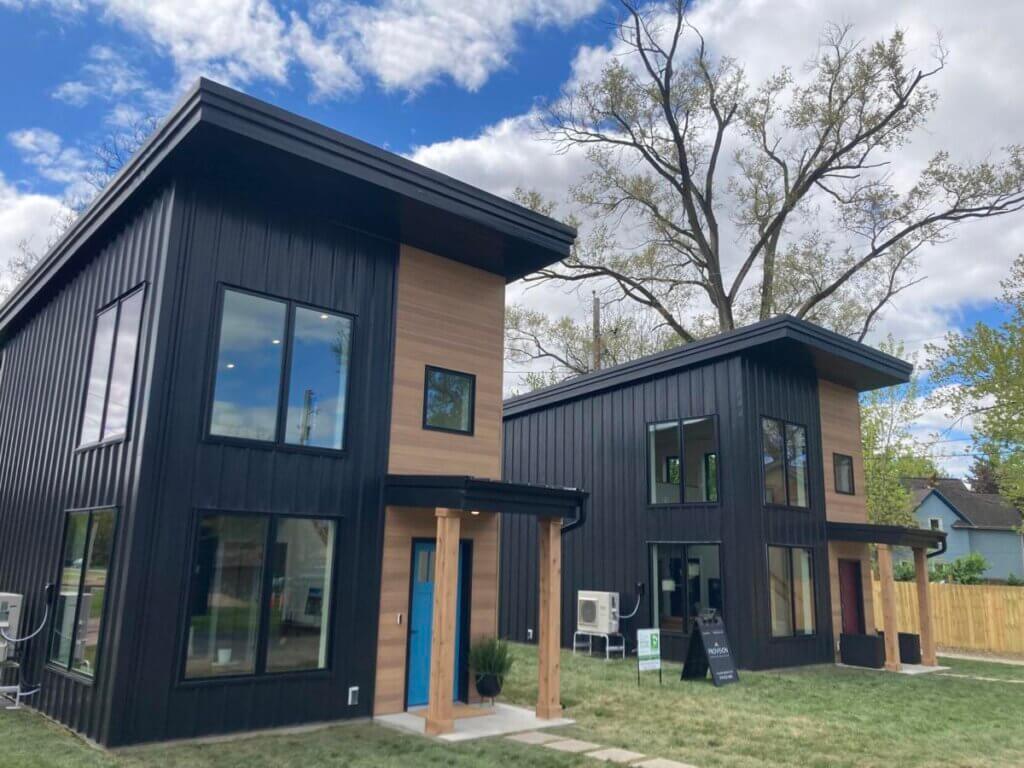2019 California Housing Legislation Round Up
Published On October 14, 2019
The 2019 California legislative season recently came to a close, and several promising housing bills have now been signed into law by Governor Newsom. But the road to this year’s “housing package” was not easy and, at various points, it seemed as if the legislature would fail to pass any key housing reforms.
The session started optimistically, buoyed by a new governor who made bold housing solutions a staple of his campaign. Sure enough, the session got off to a fast start, with the introduction of several sweeping and ambitious pieces of legislation, on issues as varied as land use reform, tenant protections, and improving housing approval processes. But, as the session wore on, many bills were gradually trimmed back. In May, some of the most prominent bills stalled completely, leading Liam Dillon of the LA Times to refer to the month as a “bloodbath for California housing bills.” Senate Bill 50–the much-discussed bill that would have significantly changed land use across the state–met an abrupt shelving in May, and would not return for the remainder of the session. Several other bills also faltered or were shelved altogether, many times without a vote. To many observers interested in housing issues, the 2019 session was shaping up to be one of disappointment.
But in the months that followed, the bills that survived the “bloodbath” continued to advance, many flying under the radar. In the end, while the legislature did not deliver the kind of long-term housing production reforms that are ultimately still needed to alleviate the state’s housing crisis, many meaningful policies did pass. Several bills will make a marked difference in combating California’s various housing challenges, and many draw on work and recommendations from the Terner Center. Here is a breakdown of what passed.
Tenant protections score historic wins
Tenant-focused bills have traditionally faced uphill battles in Sacramento, but after a costly and contentious rent control ballot initiative last fall, many legislators were hopeful that a compromise policy could be found, such as the Terner Center’s proposal introduced last year. Tenant protections took center stage in this year’s legislative session, with Assemblymember David Chiu and several tenant advocacy groups making a statewide anti-gouging cap and just-cause eviction protection key priorities in their 2019 legislative agenda. Governor Newsom also threw his support behind these ideas as they got closer to the finish line. With the passage of AB 1482, California has created a new, statewide standard for protecting against the most egregious rent increases and preventing no cause evictions. As our work has shown, this new legislation has the potential to provide a baseline level of protection to millions of renters statewide that do not have protection today.
But AB 1482 wasn’t the only important tenant protection that passed. SB 329 bans landlord discrimination against housing voucher holders. This reform is important for individuals and families who rely on vouchers for housing security, and research indicates that voucher holders in places that have implemented similar reforms have more housing options. Additionally, the governor’s budget includes $20 million to bolster legal services for tenants.
Big changes for tiny houses
While large-scale land use reform did not materialize this session, several new laws will make a positive impact on production and supply. For example, AB 1763 expands existing density bonus law for 100% affordable housing projects to include unlimited density around transit hubs with an additional three stories or 33 feet of height. This important change could increase the financial viability of more affordable housing projects.
Other important changes in statewide land use regulations build on existing legislative wins. Specifically, advocates of accessory dwelling units (ADUs) have much to celebrate with the passage of a suite of bills that have the potential to facilitate a significant increase in the number of units.
As our work has shown, changes to state law in 2016 led to a marked increase in ADU production. We’ve also noted that while these trends are encouraging, further actions are needed for ADUs to really take off. On that front, the 2019 legislative season delivered several reforms:
- AB 68: Allows two ADUs on a single lot, as well as multiple ADUs on multifamily lots. Also limits certain design requirements that cities can impose on ADUs, and requires ADU approvals be completed in 60 days.
- SB 13: Restricts the amount of impact fees that can be charged, incorporating recommendations from our recently released California Impact Fee report
- AB 881: Eliminates owner-occupancy requirements for five years.
- AB 670: Bans Homeowners Associations from banning ADUs.
Facilitating better housing, faster
A handful of bills make the housing approval process more efficient. The most important of these bills is SB 330, which cites the Terner Center’s work in making the case that the state needs to reduce costs and expedite approvals. While greatly whittled down from its introduction, SB 330 provides certainty on development impact fees, standardizes the number of hearings a city can hold to approve projects, and bans cities from downzoning or otherwise removing zoned capacity.
AB 1483 requires cities to clearly post their impact fee schedules and nexus studies. This bill also implements recommendations from our report, Residential Impact Fees in California. A similar bill, AB 1484, would have made more dramatic changes to the state’s impact fee regulations, but was shelved towards the end of the session. The issue of impact fees will almost certainly resurface in 2020.
AB 1485 creates more flexibility for Bay Area projects looking to utilize streamlining as provided by 2017’s SB 35. While SB 35 has shown to be beneficial to 100% affordable housing projects, unsubsidized projects have generally been unable to meet the law’s 50% inclusionary housing requirement. AB 1485 recalibrates SB 35 by allowing 20% affordability up to 120% of Area Median Income in cities where above-moderate Regional Housing Needs Assessment goals are not being met. This bill helps balance the important goals of providing on-site affordability with approving housing in a more timely fashion.
On the funding side, two new bills will provide more resources for affordable housing. AB 1487 gives the Bay Area’s Metropolitan Transportation Commission the authority to raise revenues across the nine-county region, the first such regional government in California to have this power. These revenues will be directed towards the production of new affordable housing, the preservation of existing affordable units, and tenant protection programs.
Another bill, SB 5, would have created $2 billion annually for localities to use on affordable housing and related infrastructure. However, Governor Newsom vetoed the measure, citing the high price tag.
Governor’s budget includes major housing investment and reforms
While the legislative season only recently came to a close, Governor Newsom also used this year’s budget to push through several important changes back in June, including a nearly $2.5 billion allocation for housing and related infrastructure. These investments are:
- $750 million for short-term planning and infrastructure
- $500 million to support low- and moderate-income housing
- $500 million increase in the state’s housing tax credit
- $20 million for legal assistance to renters
- $650 million for emergency shelters and permanent supportive housing
Outside of funding, the budget negotiation process is also used to advance key policy reforms, and this year was no different. Governor Newsom’s budget trailer bill AB 101 makes many changes that are worth highlighting:
Requires that navigation centers be approved “by-right,” removing key roadblocks to the creation of supportive, homeless housing. This issue has become a point of contention in San Francisco, where a proposed navigation center near the Embarcadero has been the subject of lawsuits and appeals.
Creates steep penalties for cities that refuse to comply with Housing Element law, and ties financial incentives to cities that adopt “pro-housing” policies. While this is less strict than the governor’s original plan to limit transportation funding from cities that do not meet their state-mandated housing production goals, this change still gives some teeth to hold cities accountable to complete required planning.
Adds the CalHFA and HCD Directors as voting members of both the California Tax Credit Allocation Committee and Debt Limit Allocation Committee, giving the Governor an effective majority to approve policy changes for programs historically controlled by the Treasurer. This change paves the way for increased alignment with other important state housing programs and the governor’s housing priorities.
Maintaining momentum for 2020
In the end, these incremental reforms add up to impressive progress for California. However, more needs to be done and urgently, especially on building more homes and reducing the time and cost to bring these homes to fruition. Thankfully, there are already signs that 2020 will be another strong year for housing legislation, and the 2019 stakeholder coalition that came together and made so much progress this year has laid the groundwork for continued momentum in 2020. While the path to needed reforms will not be simple, the Terner Center remains committed to providing research and evidence on the impact of potential actions and thoughtful ideas for bold solutions that may garner the broad support required to achieve housing affordability for all Californians.





